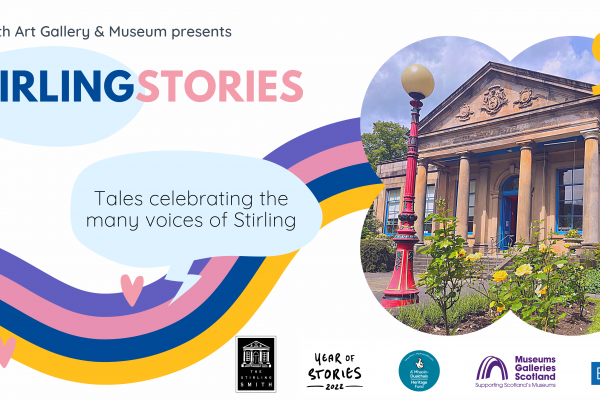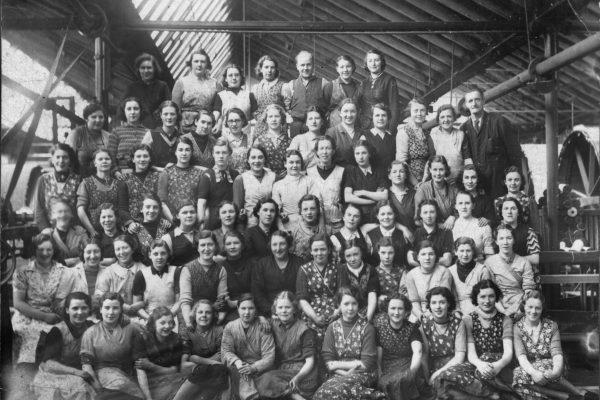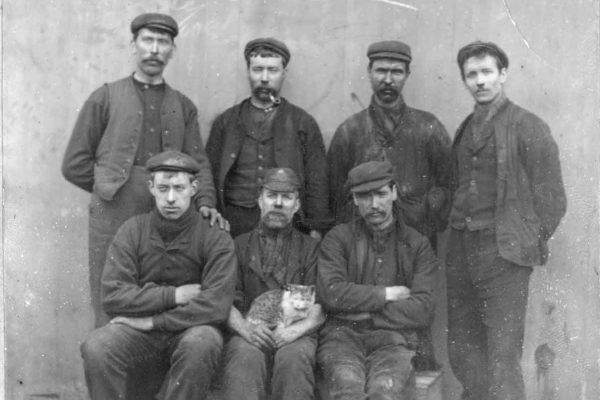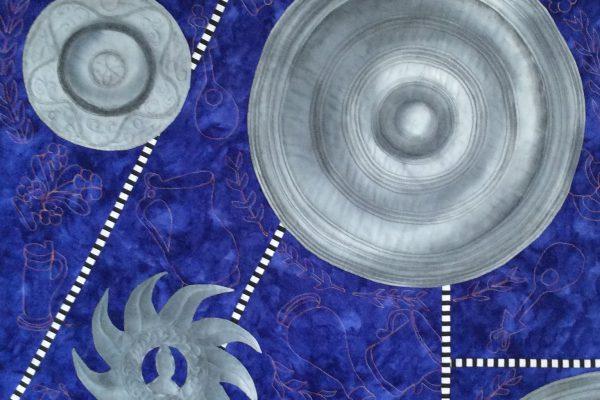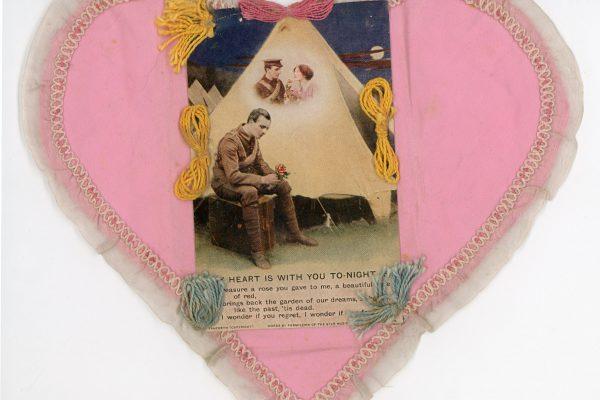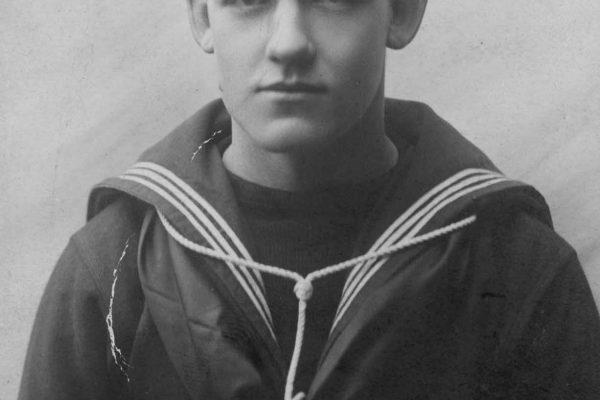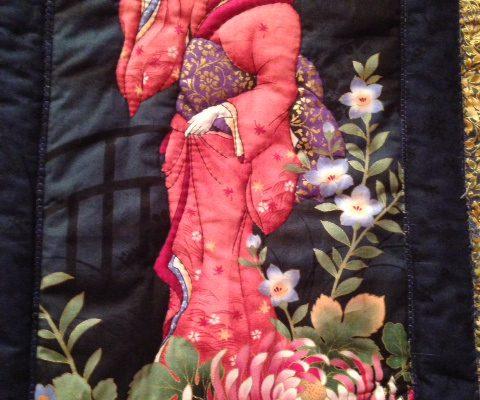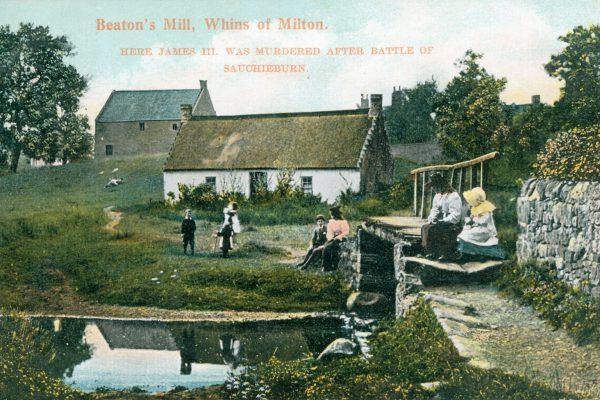The Stirling Smith is pleased to host a series of events celebrating the diverse voices of Stirling. For many years visitors have been enjoying our museum display, ‘The Stirling Story’, which provides visitors with a history of Stirling from prehistory to the twentieth century through The Smith’s collection. Visitors can
Forthbank Carpet Works, 1934 – Industrial Stirling
Today’s story takes a look at Stirling’s lost industrial past and the workforce of the Forthbank Carpet Works. The workers are mainly women who were weavers and bobbin winders. Most lived in Raploch and walked to work every day. Note the brightly patterned cross- over ‘peenies’ or aprons which was
The Washer Men of Cowie Colliery
The Polmaise Colliery exhibition continues at the Smith. This photograph is from Cowie Colliery, located in Bannockburn. It opened in 1894, ten years earlier than Polmaise, and closed in 1953.The image dates from the 1920s and is of the men who tended the machines which washed the dust from
Art Demonstration by Rosanne Barr
This weekend is the annual Festival of Museums, and to celebrate, the Stirling Smith is hosted a free demonstration at 2pm on Friday 15th May, by award-winning artist and local girl Rosanne Barr. Rosanne, who is now Vice President of the Glasgow Society of Women Artists, was educated at Balfron
Tantalising Textiles Exhibition
This exhibition by the Turning Point group of textile artists, is on at the Stirling Smith until Sunday. The Stirling Smith Art Gallery and Museum is fortunate to be the home of the Neish Collection of British Pewter. The textile artists have taken the Neish Collection as a source of
The Victimised Miners of 1984-5
In 1984, when Polmaise 3&4 Colliery was threatened with flooding through non – use, four miners went underground to prevent this, through a three day sit-in. A press photographer, given access by the National Union of Mineworkers, went underground and took this photograph. Left to right are miners Jim O’Hare,
Great War Silks – Valentine’s Day
The departure of a generation of young men to fight in the Great War was felt keenly by families world – wide and poignantly expressed in the form of mass-produced cards known as Great War Silks. These cards were originally hand-embroidered by women in France and Belgium, but as demand
William Neilson. M.M., a Cambusbarron Great War Hero
The hundred year old Great War page in the Observer is now a regular feature and a gripping read every week, as the events unfold for this generation. Today’s story should have been held until May 2019, but as it involves such a generous gift to the Stirling Smith, we
Stirling Castle Quilters
The Stirling Castle Quilters were established twenty years ago, following a major exhibition on Scottish quilting at the Stirling Smith. They are celebrating their achievements in a Smith exhibition which runs until the end of the month. There are over 60 colourful quilts, with many hangings, cushions, bags and other
Beaton’s Mill, Whins of Milton
With the rise of the internet, the sale of traditional holiday postcards is in decline. This lovely card was published by the Borestone Committee in 1907 and would have been sold at the Borestone Hut on the field of Bannockburn. Visitors often explored both Bannockburn and nearby Beaton’s Mill, the
Search the blog
Recent Posts
Blog Categories
- Blog Post (253)
- Collections (203)
- Events (36)
- Exhibitions (64)
- Intern Reports (3)
- Intern Reports (1)
- Press Releases (5)
- Stirling Stories (260)
- Uncategorized (7)
- Volunteering (8)

